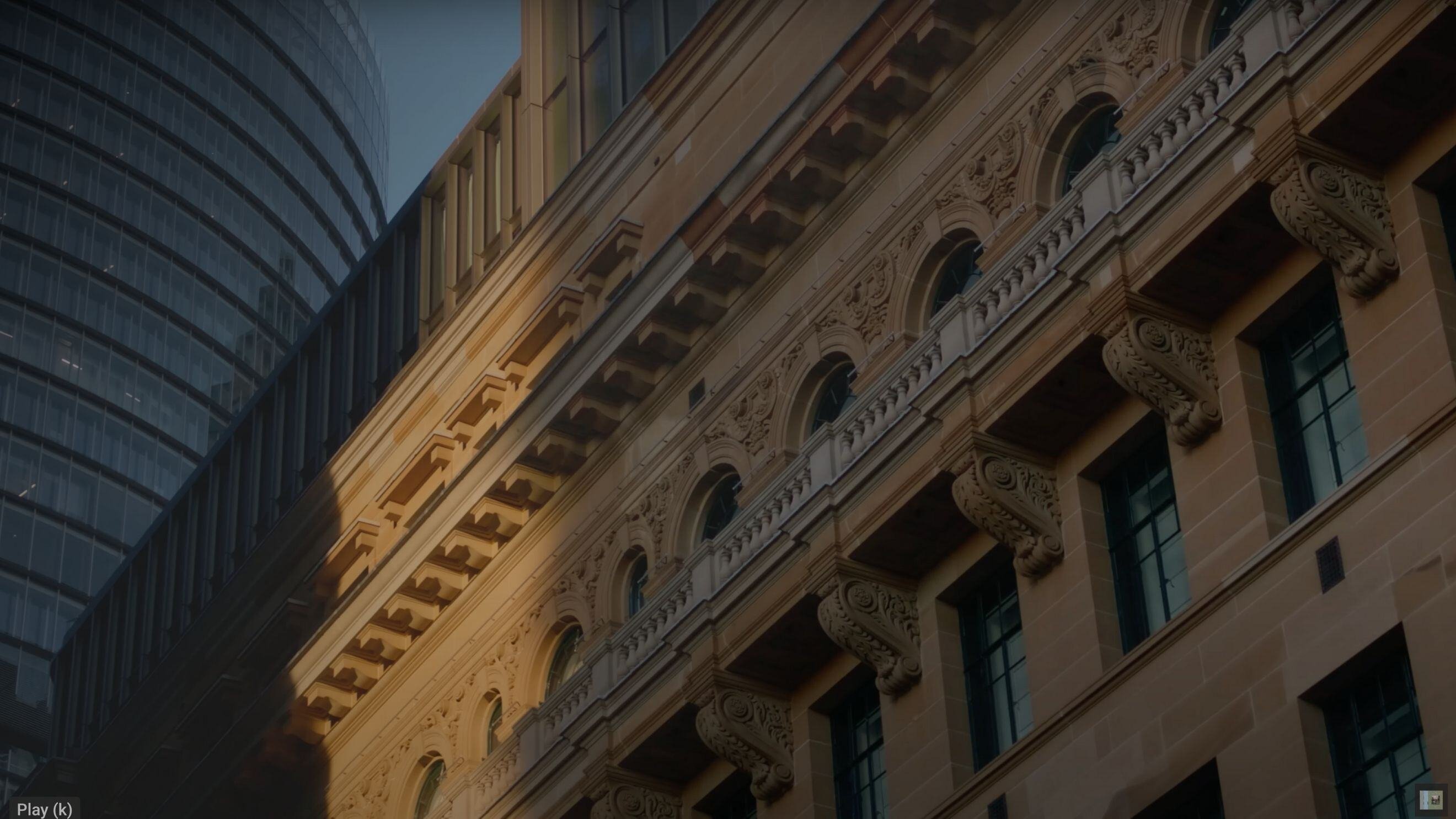Common Area Maintenance (CAM) Charges

What Are Common Area Maintenance (CAM) Charges?
Common Area Maintenance (CAM) charges are fees paid by tenants to cover the costs associated with maintaining and operating the common areas of a commercial property.
These charges are typically billed to tenants as additional rent on top of their base rent.
CAM charges are calculated based on each tenant's pro rata share of the property's total rentable square footage.What's Typically Included in CAM Charges?
CAM charges generally include:
- Property management fees
- Utilities for common areas (electricity, water, gas, sewer)
- Landscaping and grounds maintenance
- Janitorial services for shared spaces
- Repairs and maintenance of common elements (HVAC, elevators, parking lots, structural components)
- Security services and systems
- Common area insurance and property taxes
- Administrative fees
Types of Commercial Leases and Their Impact on CAM Fees
Different lease types affect how CAM charges are handled:
- Triple Net (NNN) Leases: Tenants pay base rent plus CAM, insurance, and property taxes.
- Full-Service Gross Leases: CAM costs are included in base rent, with the landlord responsible for increases.
- Modified Gross Leases: Tenants pay base rent plus a portion of CAM costs, often with expense stops or caps.
Understanding lease terms and negotiating favourable CAM provisions is crucial for tenants.
Calculating and Allocating CAM Charges
CAM charges are typically calculated as follows:
- Pro rata share based on tenant's square footage relative to total rentable area.
- Fixed CAM costs with annual increases for inflation.
- Budgeting for CAM expenses and reconciliation process.
- CAM caps and floors to limit exposure to significant cost increases.
Strategies for Managing and Reducing CAM Costs
To manage and reduce CAM costs:
- Implement energy-efficient systems and practices to lower utility expenses.
- Conduct proactive maintenance to prevent costly repairs and replacements.
- Use competitive bidding for service contracts (landscaping, janitorial, security)
- Regularly review and challenge property tax assessments.
- Invest in capital improvements that reduce ongoing operating costs.
Navigating CAM Reconciliations and Audits
Key aspects of CAM reconciliations and audits include:
- Understanding the annual reconciliation process and timeline.
- Reviewing CAM statements for accuracy and identifying discrepancies.
- Exercising audit rights to ensure proper allocation of expenses.
- Resolving disputes through communication and negotiation with the landlord.
- Engaging professional advisors (accountants, attorneys) for complex issues.
Best Practices for Tenants and Landlords
For tenants:
- Thoroughly review and negotiate CAM provisions in leases
- Monitor costs and exercise audit rights when necessary.
For landlords:
- Maintain detailed expense records
- Provide transparent reconciliations
- Balance cost recovery with tenant satisfaction.
Both parties should foster open communication and collaboration to address concerns and find mutually beneficial solutions. Regularly reviewing and updating CAM language in leases is important to reflect changing market conditions and property needs.